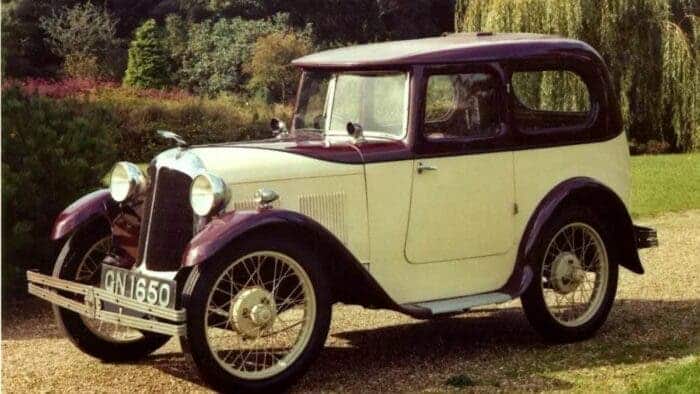Many decades ago, the British were the hub of car manufacturing. However, over many decades, the British car industry has been declining. There are many reasons for the decline. The British have a careful culture. This as well as some failed policies are responsible for the decline. From the establishment of Rover in 1878 to the establishment of Rolls-Royce in 1906, there is no development in the British car industry. In 1776, the British inventor Watt improved the steam engine. Since then, European scientists have successively developed equipment and instruments powered by steam. However, the British did not like the steam engine. They claim it makes too much noise and is dangerous. Of course, they had to ban the steam engine.
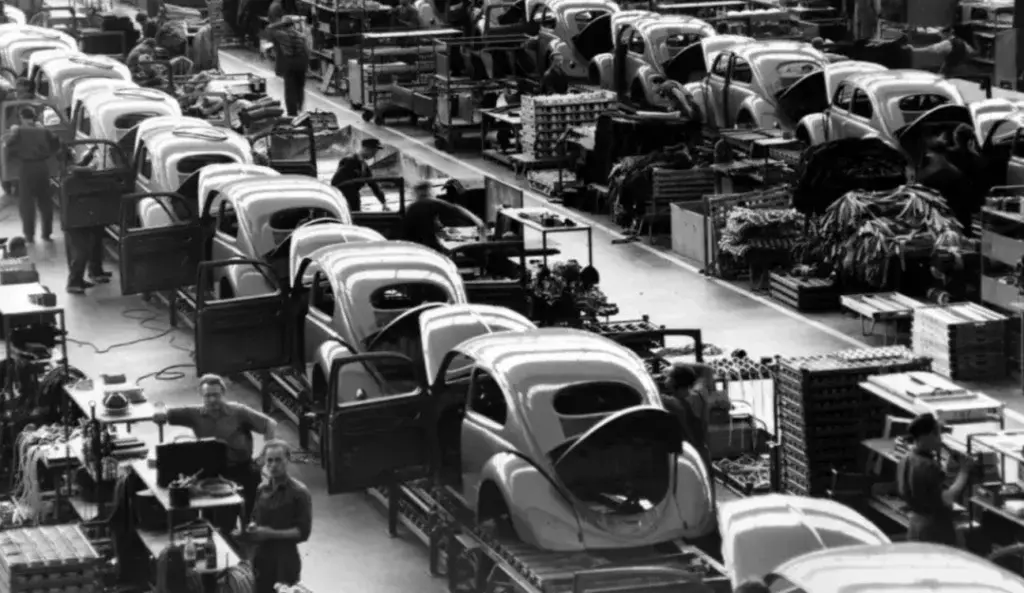
In 1865, the British Parliament, under pressure, passed a Motor Vehicle Act, later derided as the Red Flag Act. The Act stipulates that any motor vehicle on the road must be driven by three people. Also, someone must wave a red flag 50 meters in front of the car to guide the speed of the motor vehicle. The speed of the vehicle can not exceed 4 miles per hour (6.4 km per hour).
After the law was implemented, a man named Volta Arnold became the first person in history to be fined for a speeding violation for driving a steam locomotive to 13 km/h. The British people were happy, but the British government lost the opportunity to become the world’s auto power at that time because of its shortsightedness. In 1895, the ridiculous Red Flag Act was repealed, but the British auto industry had wasted 30 years.
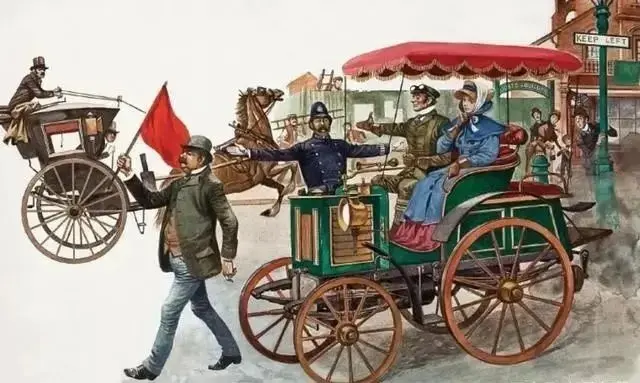
British car industry did not lag behind for too long
In 1904, the Rover Company introduced the Rover 8 sedan with a single-cylinder 1.3-liter engine. Although it was 18 years later than the Mercedes-Benz in Germany, the central skeleton chassis pioneered by Rover has inspired the thinking of modern car design. After the launch of the Rover 8, a total of 2,200 units were sold. With its excellent performance, the car was driven from Coventry, England to Istanbul, Turkey. This makes the Rover 8 the first car to drive across Europe.
At the end of the same year, Royce, the founder of Rolls-Royce, debuted the first Rolls-Royce 10HP at the Paris Motor Show in France. Soon after, Englishman, Herbert Austin founded the Austin Motor Company in Longbridge, Worcestershire. Also, in 1906 Austin Motor launched the Austin-type car with a chain-drive, 5-liter, 4-cylinder engine.
After rejuvenating the British car industry, it had a leading advantage in the world auto industry. However, British car manufacturers have always been repulsive to large-scale assembly line production. They have more interest in brand dignity rather than mass production.
WW1 encouraged the British
At the outbreak of the First World War, the United Kingdom urgently needed a large amount of military equipment. However, most British car brands were slow to respond. The Austin company seized the opportunity to become a military supplier to the government. The number of workers surged from more than 2,000 to 20,000, producing military supplies such as cannons and trucks at full capacity.
Rover Motors also seized the opportunity. A large number of logistical supplies of the British army were transported to the front line through Rover-produced cars and motorcycles. Austin continued to develop and launch a variety of cars, trucks and even tractors in the context of scale expansion, jumping to become an early leader in the British auto industry.
Unfortunately, Austin spent a lot of human and financial resources because of his obsession with a model called WW1. However, sales were always sluggish, resulting in a serious financial crisis for the company. The company eventually declared bankruptcy in 1921.
That same year, Rolls-Royce introduced an “entry-level” model: the Rolls-Royce Twenty. This is the ancestor of today’s Rolls-Royce Ghost. Even though the price is the cheapest model, the Rolls-Royce Twenty is still a luxury car out of reach of ordinary people.
Subsequently, brands such as MG, Jaguar, and upgraded Aston Martin sports cars appeared in the British car market. If it weren’t for the outbreak of the First World War, the British car industry will not have come out of its shell.
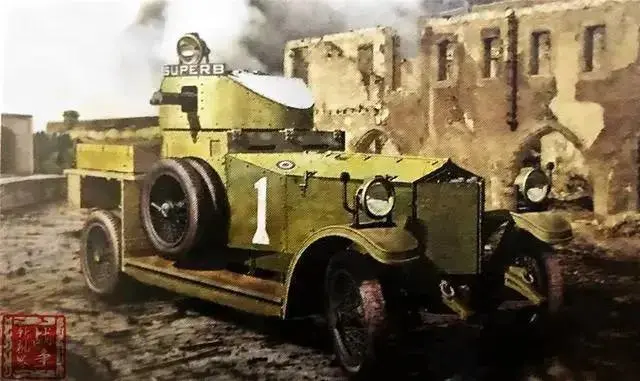
British cars are limited and expensive
In all, British cars have two problems. The first is that they are limited. The second is that they are very expensive. Objectively speaking, British cars are the same as their designers. Whether they are luxury cars, sports cars, or economical cars, they all have a unique temperament. American manufacturer, Ford, started narrowing the gap between rich and poor. The British car industry only produced cars for the rich.
To the disdain of the British, the United States continuously narrowed the gap between the rich and the poor. They continued to produce cheap models. Throughout the 1920s, the economically prosperous America was called the “Roaring Age” by the West. In 1928, President Hoover delivered a speech: “We are on the eve of a decisive victory in the war on poverty, and the slums will disappear from America.”
His confidence comes from the world’s tallest building, the Chrysler Building. From the first American pilot to fly a plane across the Atlantic. Also, from Ford production of 15 million cars. At this time, Ford produces more cars than the whole of Europe put together.
British progress continues
Fortunately, Austin, after bankruptcy and reorganization, came to the rescue and launched the 10.5-horsepower Austin 7 sedan in combination with market demand. The car is much smaller than the Ford Model T, only 3 meters long and 1.4 meters wide. The follow-up BMW and Nissan’s first cars were all produced under the license of the Austin 7.
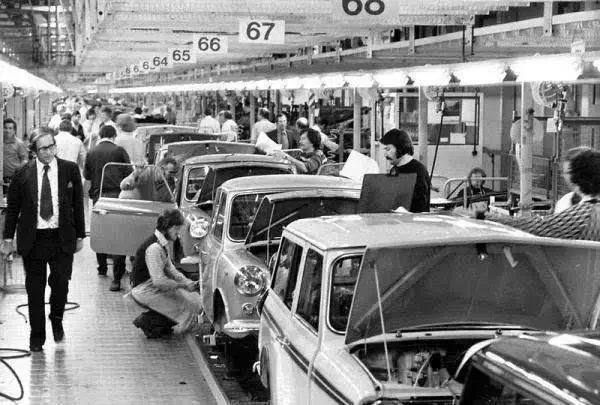
In terms of price, the Austin 7 is priced at 112 pounds. This is roughly the salary of an average British worker for a year. It was the most successful economical car in Europe before the Beetle was born. In the following years, the Austin 7 continued to introduce improved models. By the time production was discontinued in 1939, a total of 290,000 vehicles had been produced.
At this time, as the Nazis invaded Poland and World War II broke out, the British car industry had a pause and went to war. During the war, the leathery Austin “champion” jeep appeared in the British auto industry, as well as the Wolseley 18 sedan that fit the taste of senior officers.
In 1948, the “Land Rover” based on the Rover P3 sedan was long overdue. This is a multi-purpose vehicle. The whole car adopts a convertible design, and it is so simple that it does not even have a door. With its excellent off-road performance, it was exported to more than 70 countries in the 1950s. Land Rover is good, but the fuel consumption is too high, and ordinary people just want to choose an affordable car.
German car meets ordinary Britons’ need
The first to meet the needs of middle-class Britons was actually a German car. At the end of World War II, the British army took over the German Volkswagen. Immediately, they sent over 20,000 “Beetles” back to Britain. The British people flocked to the “Beetle”, but the upper class was not very interested in the “Beetle”. By 1949, when the disgusted Volkswagen was finally handed over to the Germans, annual production had risen to nearly a million vehicles.
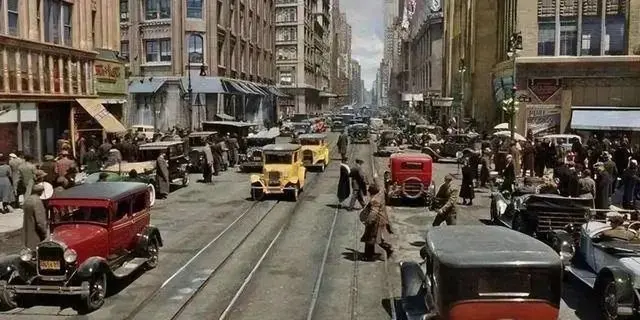
In 1955, British car production exceed 1.2 million, becoming the first country in Europe to exceed one million car production, and second only to the United States in the world. The British auto industry has finally learned to let go of its stature and absorb the car-making experience of other countries.
Britain had some decent cars
Among them, Rover was influenced by the wide body of American cars at that time and designed a new P4 model. In 1958, the Rover P5 was launched. It was equipped with a classic 3-liter inline 6-cylinder engine. Its performance is comparable to that of a Rolls-Royce. It’s just that the biggest problem with the Rover P5 is the same as Rolls-Royce, Bentley and other models. It is expensive and not suitable for ordinary people to use on weekdays.
In 1959, the British Motor Company (BMC) introduced the compact and affordable mini-car MINI with reference to the shape of economical cars in European countries. The MINI is equipped with a 4-cylinder water-cooled engine. This makes the maximum output power reach 25kW, and the manoeuvrability is very strong. Surprised, Britons used words such as “miracle” and “witchcraft” to describe it.
Unexpectedly, the British government, which is supposed to promote and support the further development of the auto industry, has caused the domestic auto manufacturers to be “very careful” due to the wavering industrial policy.
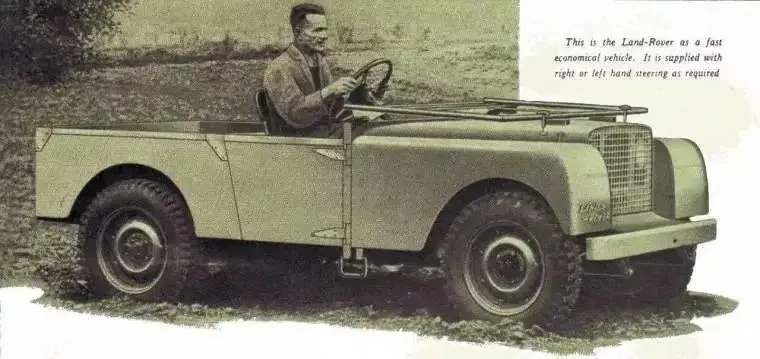
Massive British government tariff
After the war, the British government imposed tariff protection on its own auto industry. Since 1952, the UK has implemented the instalment credit policy. The original intention of the policy is good. However, the UK is an importing country. In order to improve the balance of payments, the government often adopts policies to reduce the domestic economic growth rate, restrict domestic demand and encourage exports. Nevertheless, due to the different opinions of the rotating parties in the British Parliament, the instalment bill has been revised 18 times in the next 20 years. This threw many car manufacturers in disarray.
Consumers want to buy a car, but what is the standard for instalment payment? Even the sellers are not so sure. British automakers are like “a blind man feeling an elephant”. They cannot understand domestic demand in the changing process. Also, they dare not invest in large-scale investment and increase production. Over time, profit margins went down and slowly, consumers and manufacturers are lost.
Car brands never enjoy Britain
Unprofitable, British carmakers chose to “lay flat” when they should have increased production and expanded overseas. For example, in 1961, the scale production capacity of the British car factory was 3 million vehicles. However, only 1 million vehicles were actually produced. It is because exports and domestic demand continue to be weak. The British only want to increase the price of cars and sell them at a good price in the country.
In the late 1960s, the British government introduced a policy to protect the pound. The motivation is naturally to safeguard the interests of domestic enterprises. But if the pound does not depreciate, the country’s auto exports will be uncompetitive. In contrast, Japan and Germany in the same period quickly seized the global market. They did this with lower cost by virtue of assembly line operations and new technologies. They made a lot of money.
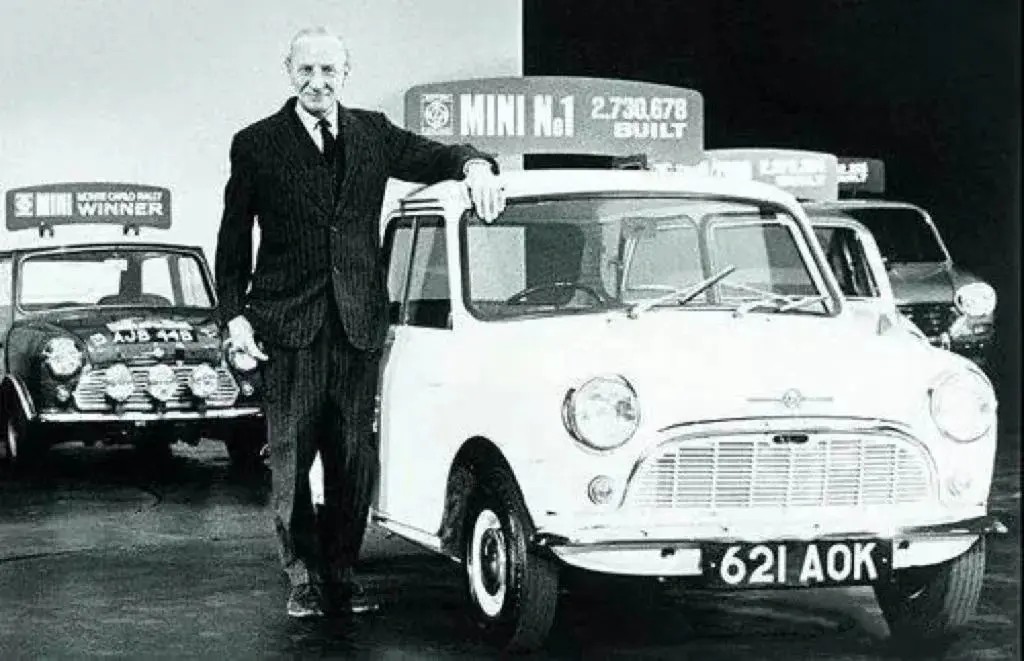
More British policies cripple the car industry
Beginning in the 1980s, the British government implemented a policy of cutting taxes to boost consumption. This did not help the British car industry. In the 1990s, under the agitation of environmentalism, the British government joined the wave of dematerialization, focused on developing the financial industry. It abandoned the once proud industrial system, including the automobile industry.
Up to now, only a few brands such as McLaren are still in the UK in the true sense, but they are also in jeopardy. For example, a series of problems brought about by Brexit, the financially strained McLaren can only rely on mortgage headquarters in exchange for working capital. The haze brought by the epidemic is even worse, and the sales of only a few local car brands in the UK have always been dismal.
With the advent of electric cars, the British car industry is still behind. What makes the British auto industry even more embarrassing is that the car brands that were originally sold due to poor management have returned to glory in a foreign country. MINI and Rolls-Royce have regained their glory under BMW.
Bentley in the hands of German Volkswagen is in perfect condition. The wandering Jaguar Land Rover has been sold three times. Over the past 100 years, there is no car brand in the U.K. that got bigger and better.

